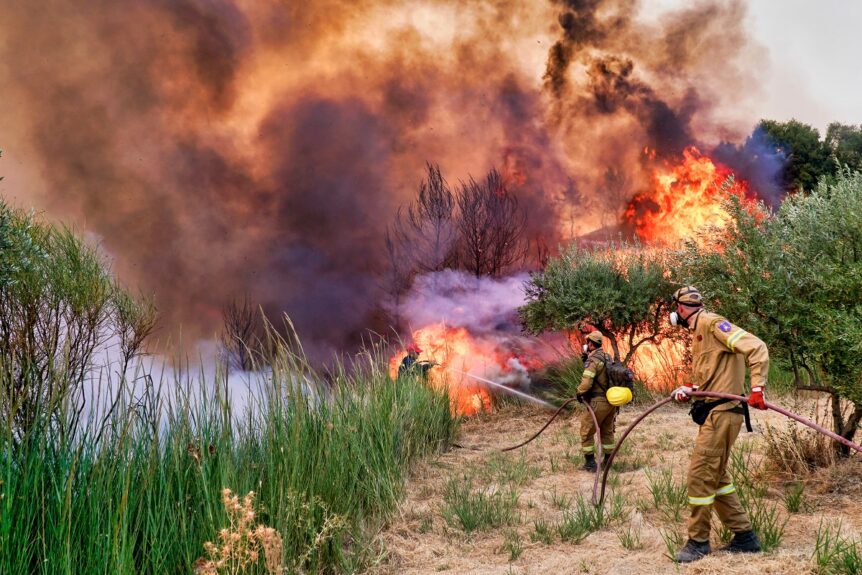On August, 7 Colorado experienced a severe dry spell with abnormally dry temperatures. The drought is said to be the cause of the fires that followed.
Global Warming is Changing Colorado
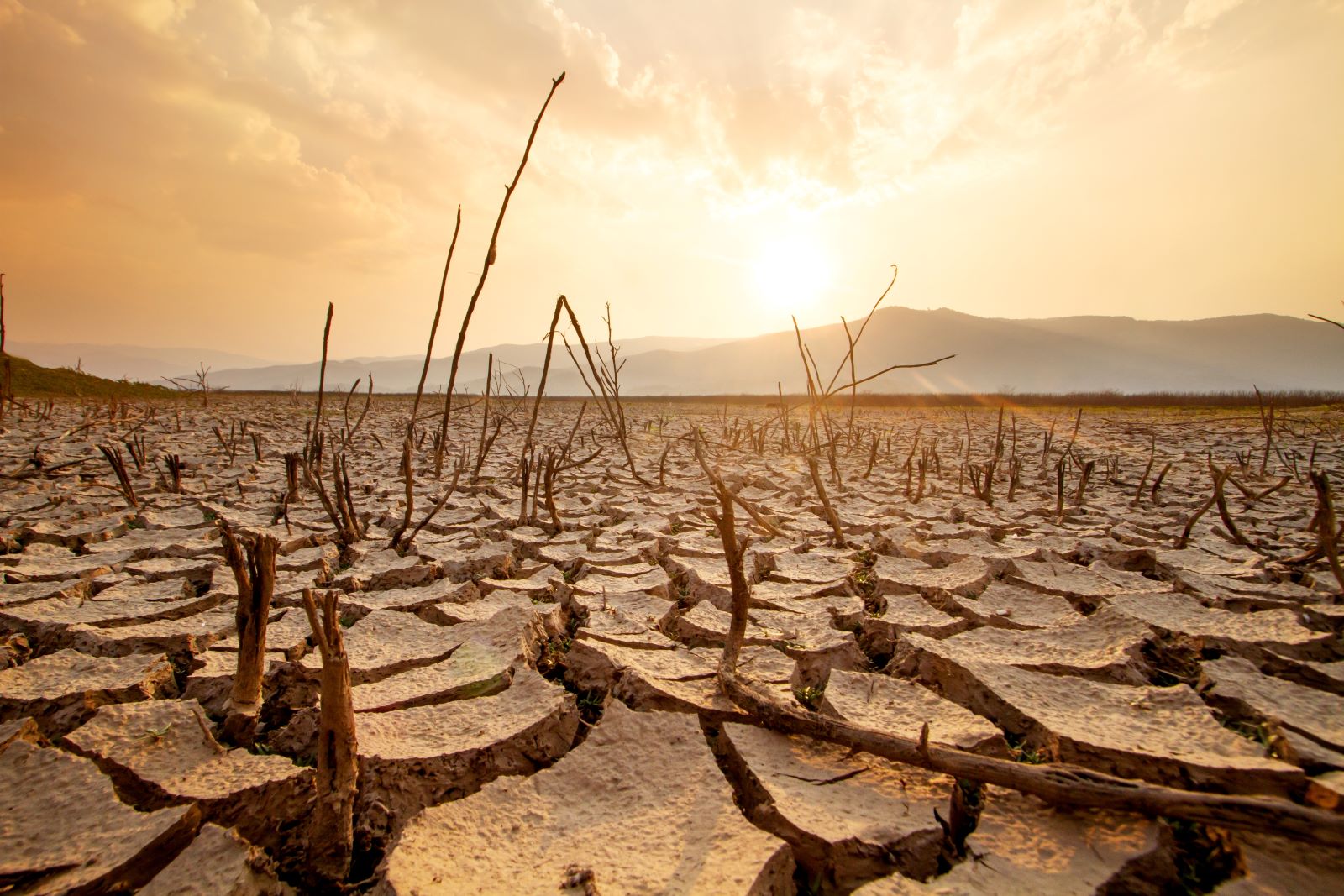
Image Credit: Shutterstock / Piyaset
Colorado is known for being wetter from June through August, but this year, it again proves that global warming is becoming more intense. Colorado has since gone from “the wettest” to “the driest” in the span of a few months.
Drought Forecast

Image Credit: Shutterstock / Gorodenkoff
According to the U.S. Drought Monitor, Colorado experienced “abnormally dry (D0) temperatures earlier in August.” Sections on the drought monitor also showed moderate (D1), severe (D2), and extreme drought (D3).
Damage & Danger
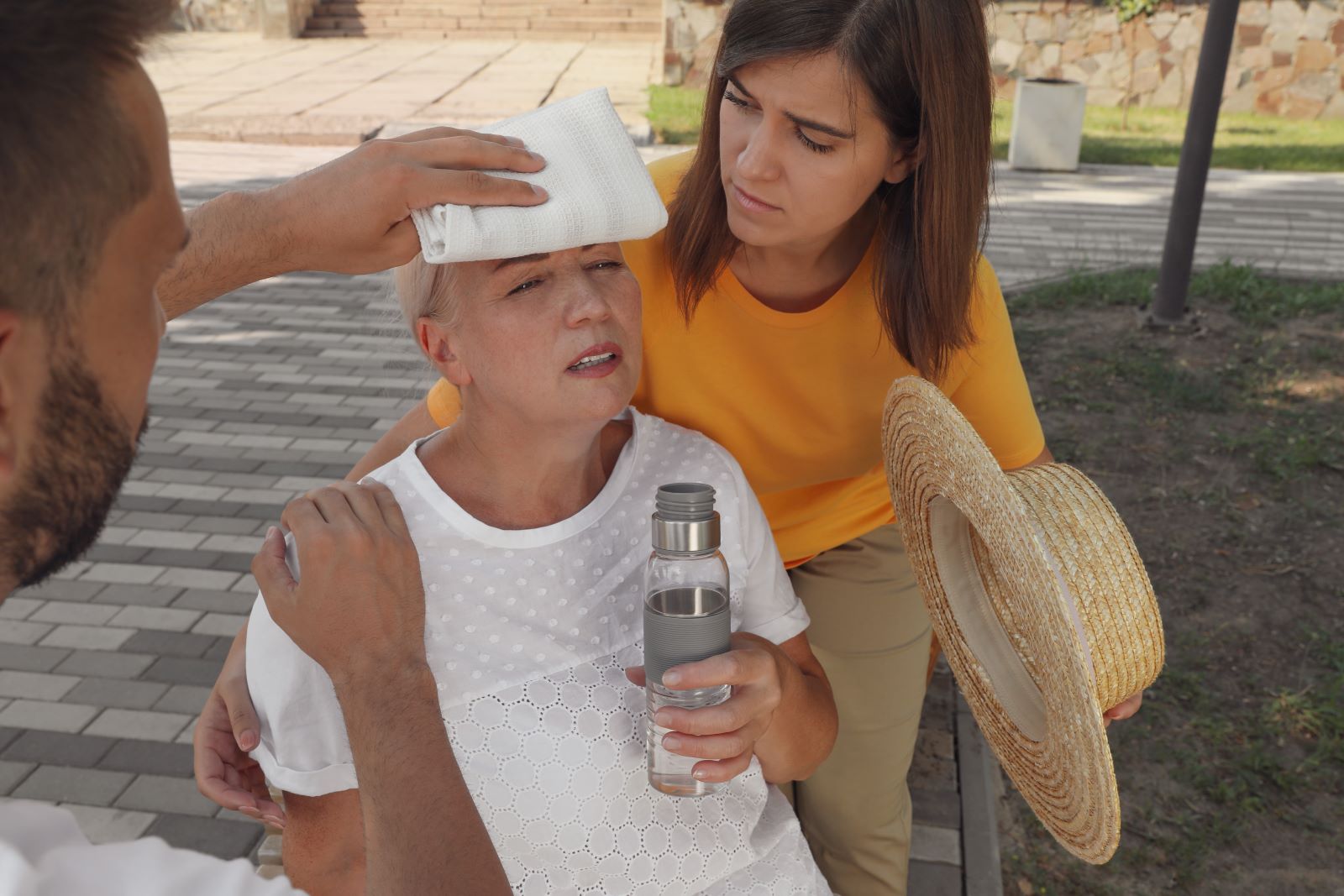
Image Credit: Shutterstock / New Africa
Depending on drought severity, it can cause various concerns. The risks of damage to crops and harm to humans are very real.
Dry Temperatures Leading to Early & Frequent Irrigation
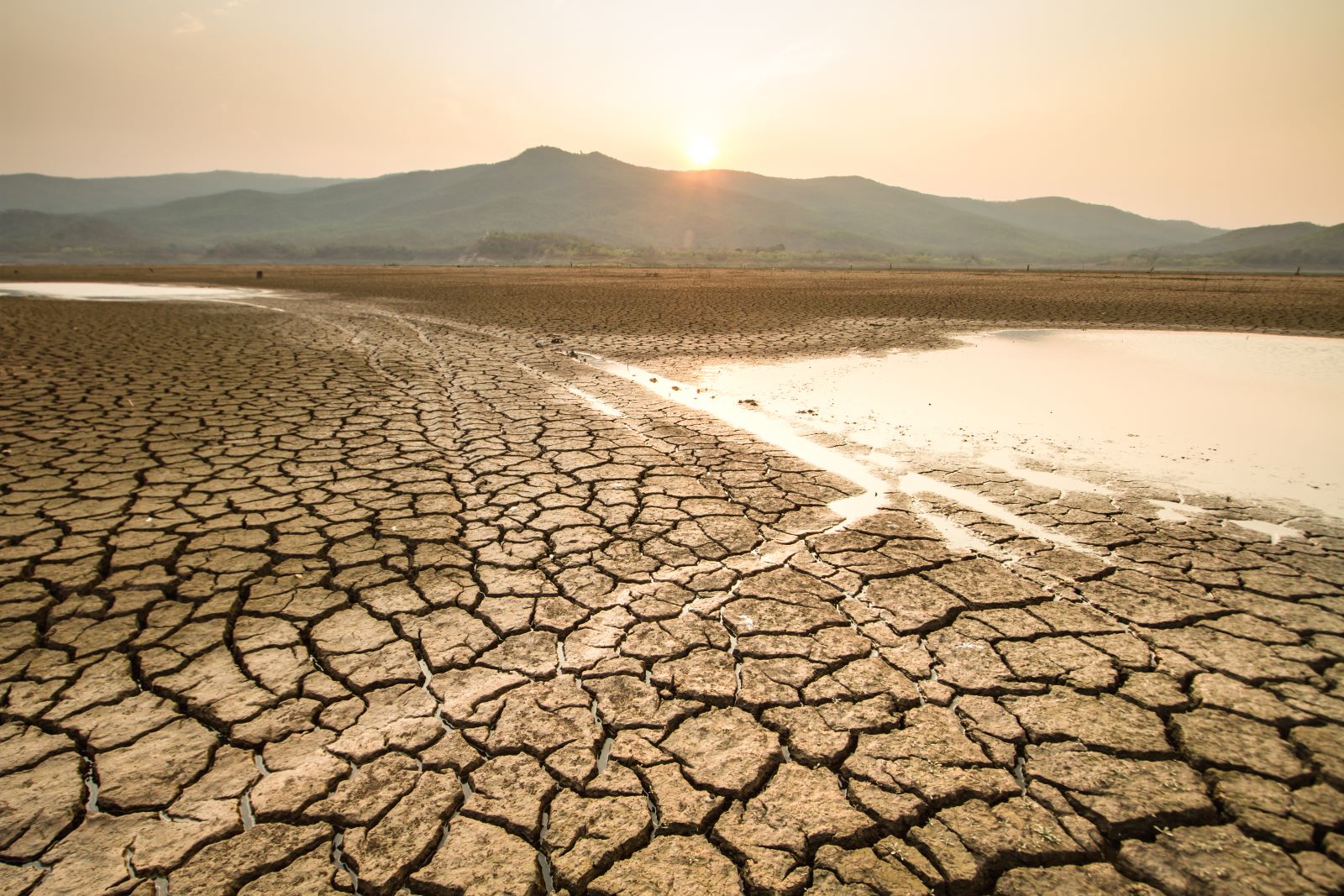
Image Credit: Shutterstock / Piyaset
The Drought Monitor showed that D0 irrigation would need to start at an earlier rate than usual to combat the dryness. Hay levels will also decrease during moderately dry temperatures.
Wildfire & More
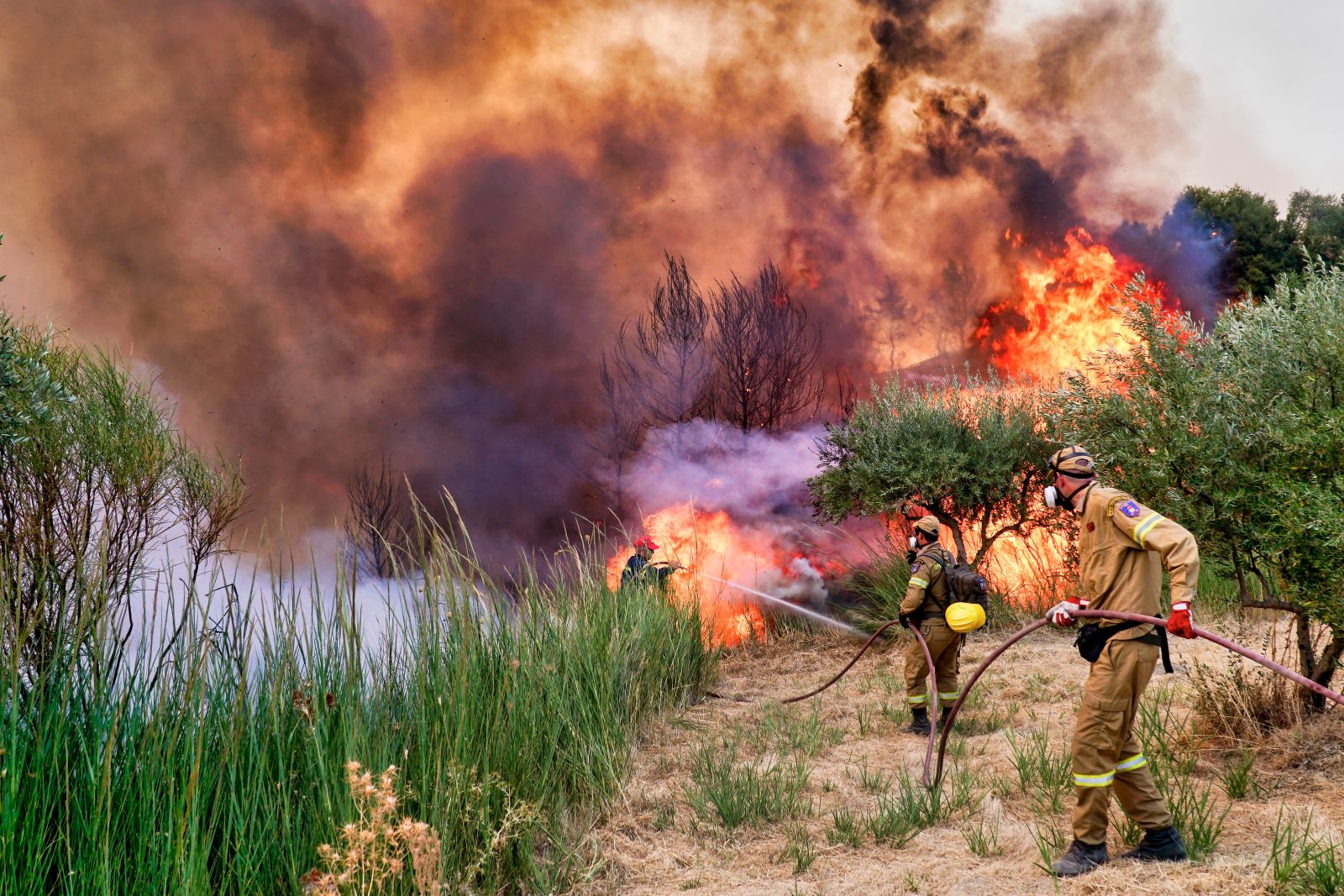
Image Credit: Shutterstock / Ververidis Vasilis
As temperatures rise, it leads to stagnant growth in crops and the potential for wildfires. As D2 increases, the chances of wildfires and water stores decrease. At the same time, the risk of larger fires spreading faster is even higher.
“Driest Period [Weather]”

Image Credit: Shutterstock / Maderla
In the North of Colorado, it showcased some of the “driest” weather this year “since 1893,” Colorado Sun reported.
Weather Reports From Experts
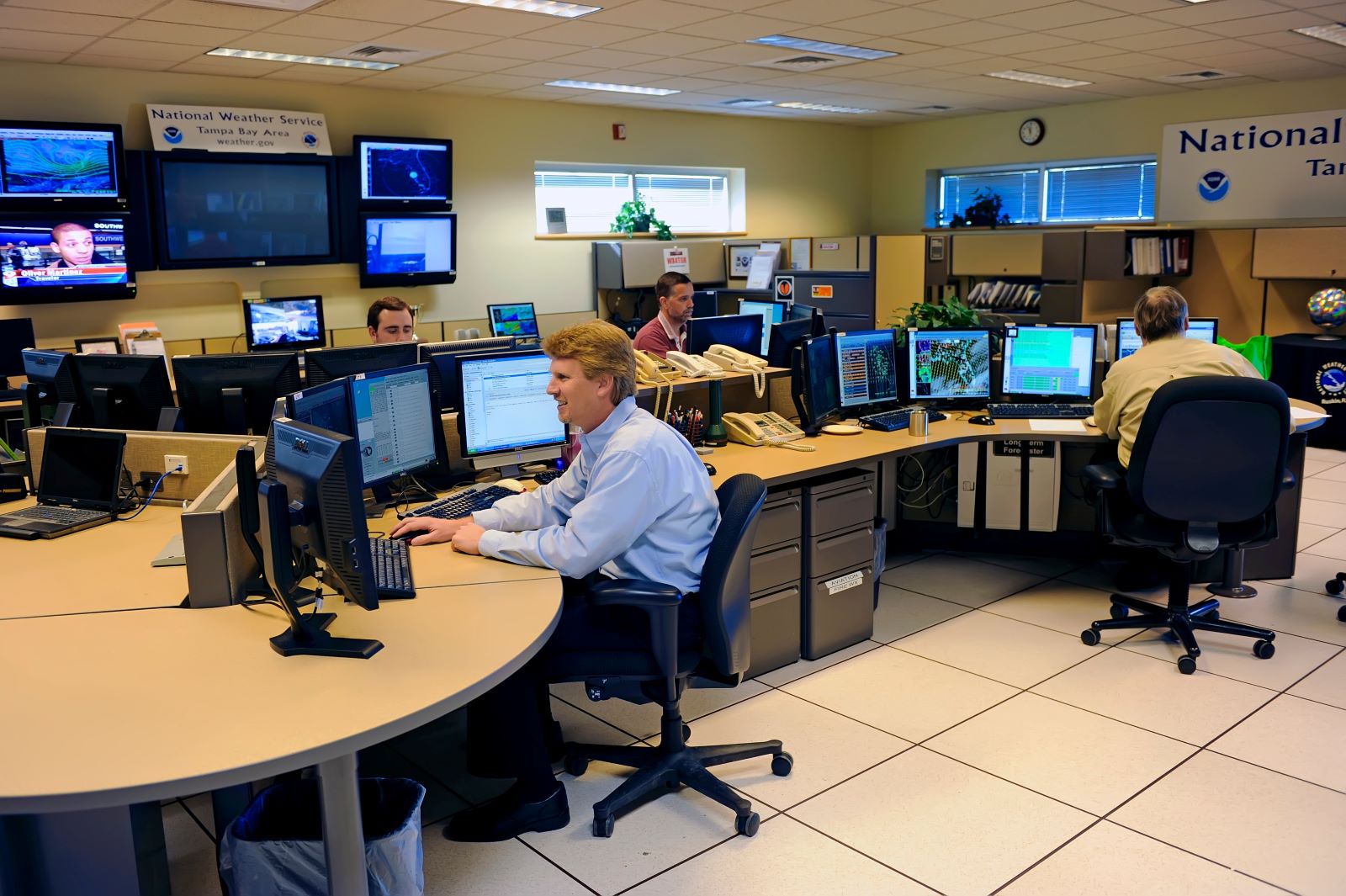
Image Credit: Shutterstock / Dennis MacDonald
According to Colorado Sun, the meteorologist for the National Weather Service based in Boulder, David Barjenbruch, shared his findings.
Weather Effecting Crops
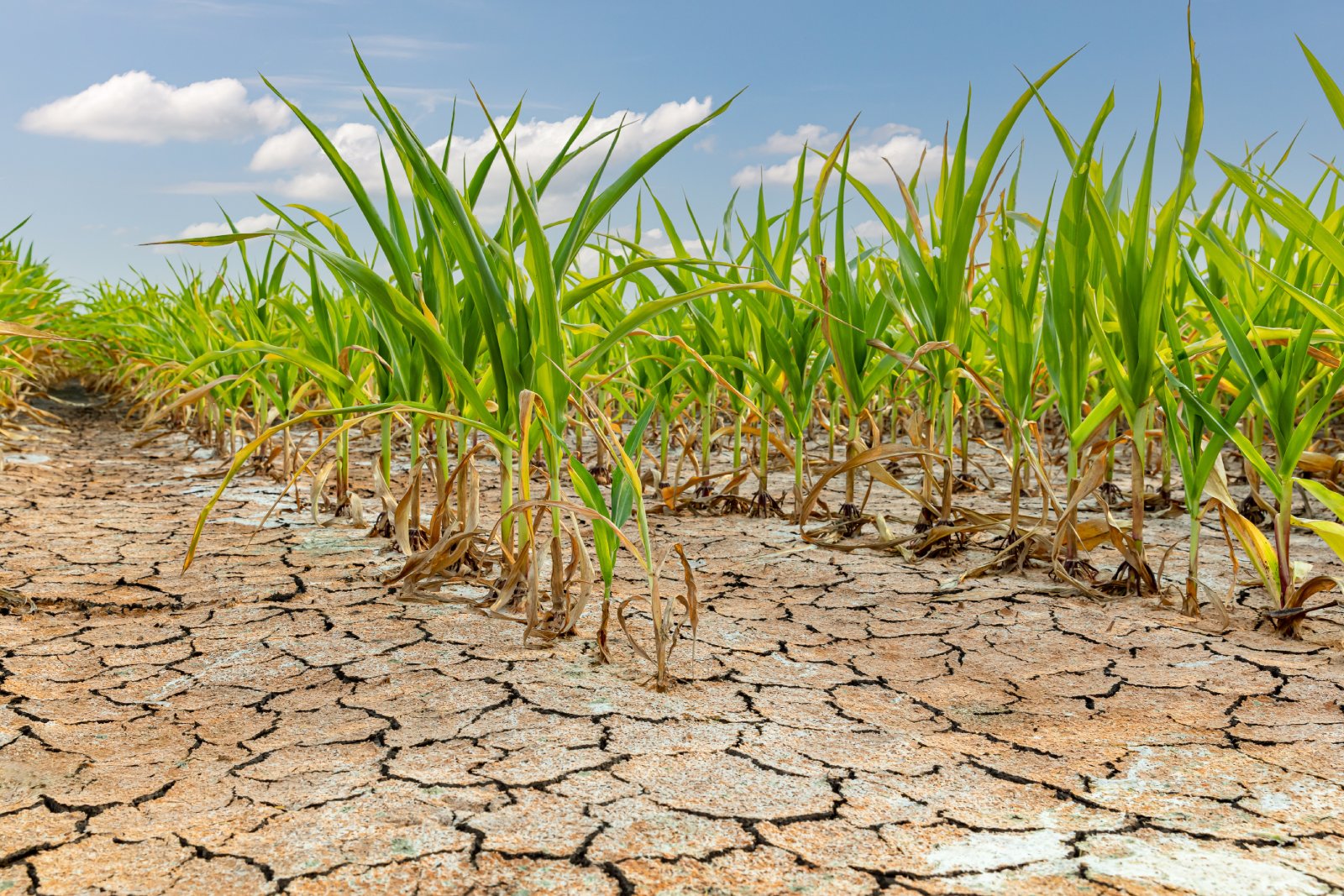
Image Credit: Shutterstock / J.J. Gouin
According to the Environmental Protection Agency, temperatures have risen over the years with “less water flowing into the Colorado River.”
Higher Temperatures Landscapes

Image Credit: Shutterstock / SERDTHONGCHAI
The high temperatures have led to the region experiencing dying trees, dry crops, and soil. As the years go by and global warming increases, the weather becomes more “volatile” and even unpredictable.
Fire on Alexander
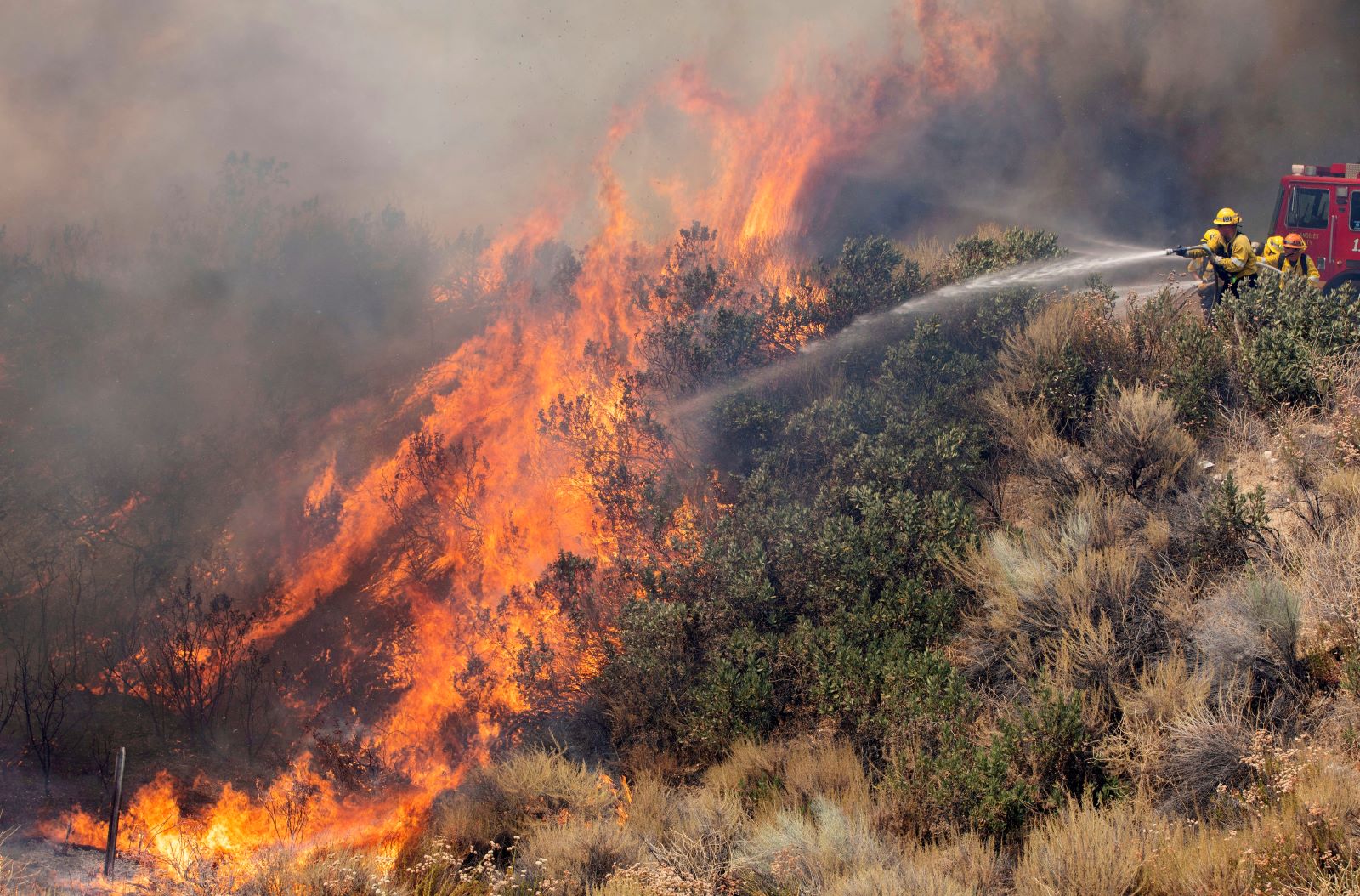
Image Credit: Shutterstock / J.Emilio Flores
At the end of July this year, Alexander Mountain experienced a fire that moved along Loveland County, according to reports.
Low Humidity Could Cause Fire

Image Credit: Shutterstock / ESB Professional
Barjenbruch said that the low humidity might have contributed to the Alexander Mountain fire. Humidity levels were said to reach around 11%.
The Weather Changed Quickly
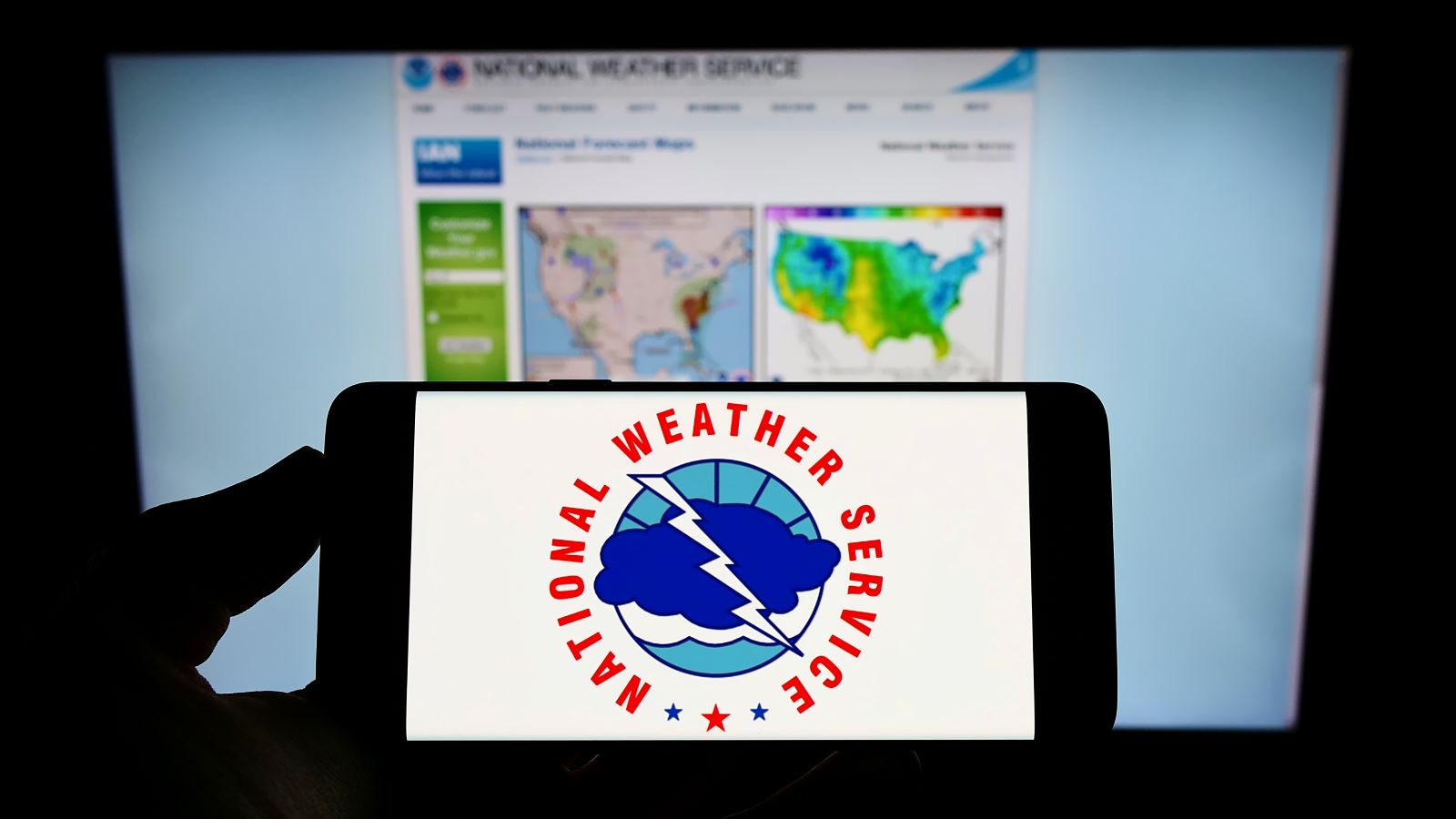
Image Credit: Shutterstock / T. Schneider
The National Weather Service meteorologist also noted that even though by April this year, there were no signs of drought-like weather, by July, everything had already been dried out and “brown.”
Dry Forestry Accelerating Fire
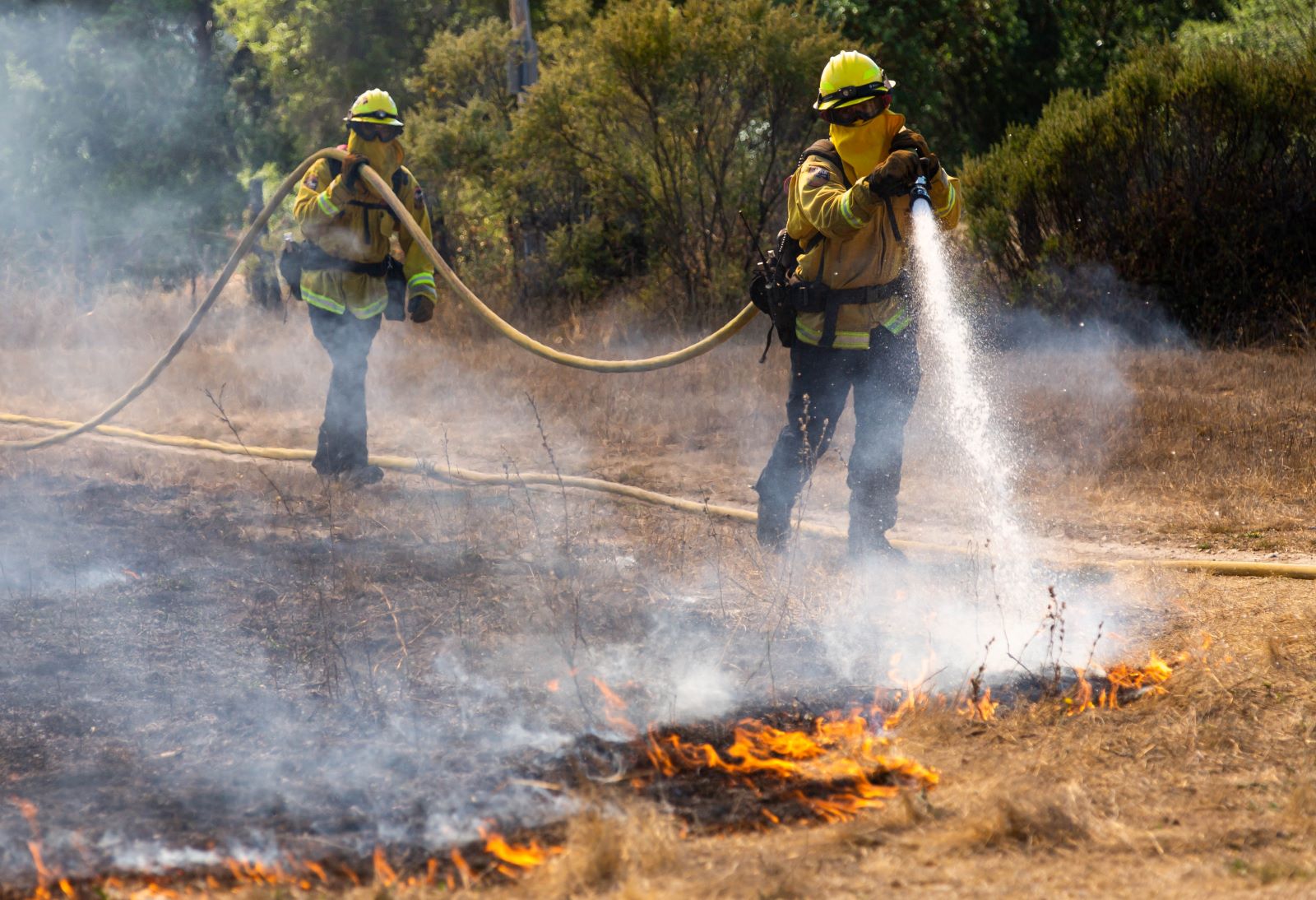
Image Credit: Shutterstock / Jaden Schaul
Dry crops and forests without moisture are an accelerant for fires. The dry nature of the region, as it loses more moisture through the drought, can cause more wildfires to ravage throughout.
Stone Canyon Fire
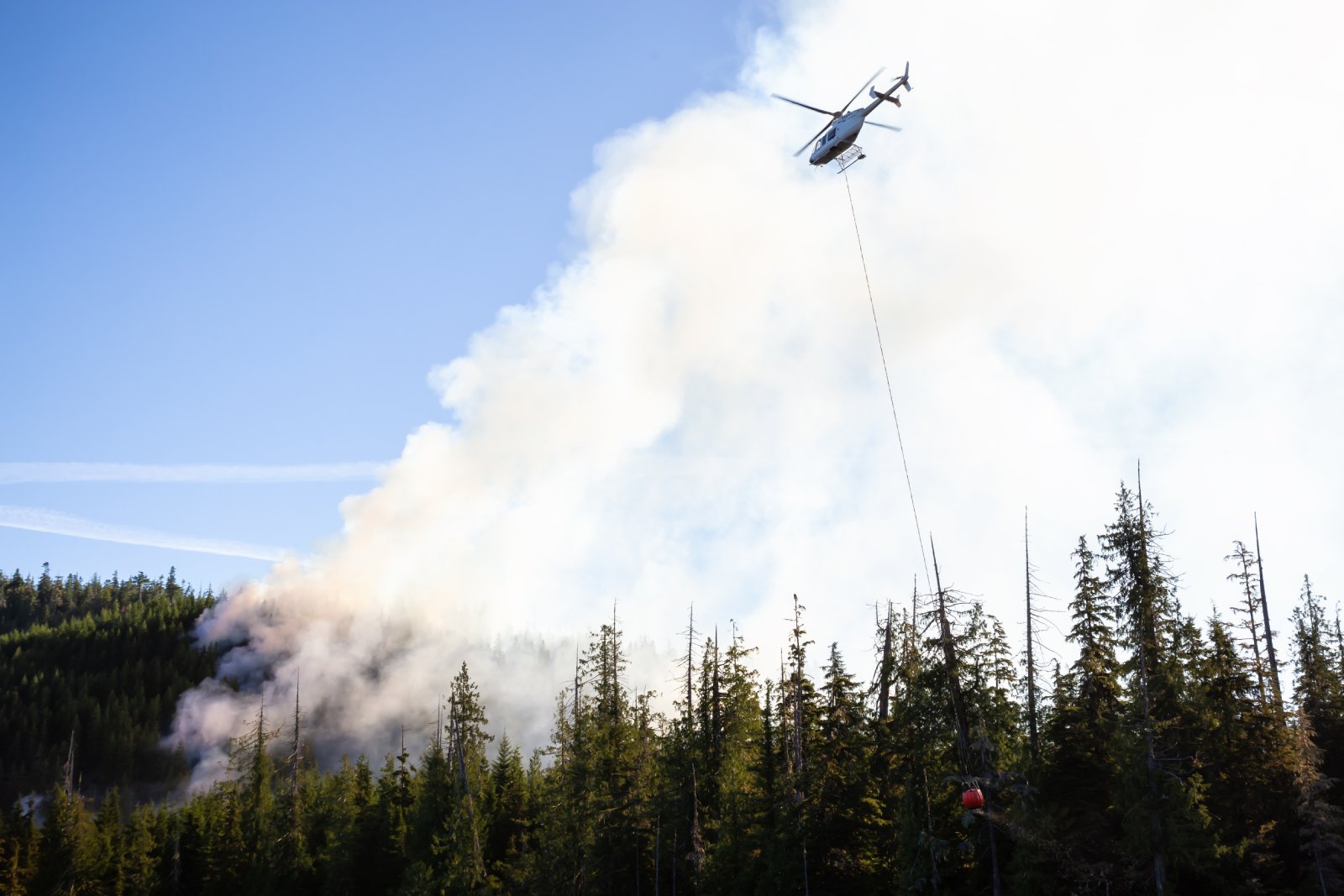
Image Credit: Shutterstock / EB Adventure Photography
Just like the Alexander Mountain fire, Stone Canyon also experienced a wildfire which was most likely influenced by the humidity and dry weather. The fire was contained, but it had managed to destroy around 1,600 acres of land.
Like a Change in Day & Night
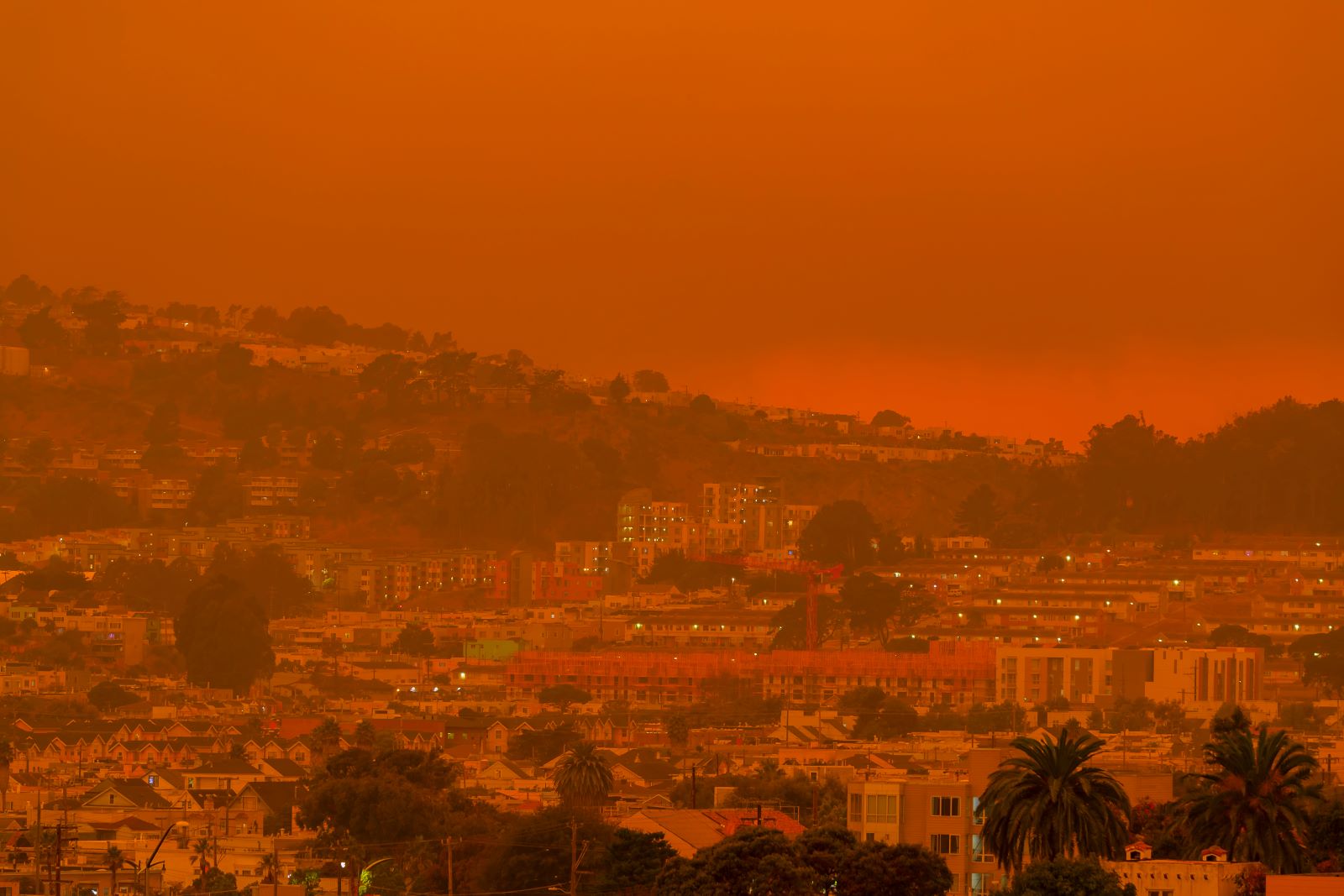
Image Credit: Shutterstock / SvetlanaSF
Barjenbruch also noted that Colorado had gone from being known as the “ second wettest season for the month of January” to the “driest” and hottest during the months of “April and continuing to August.”
Drought & Water Supply
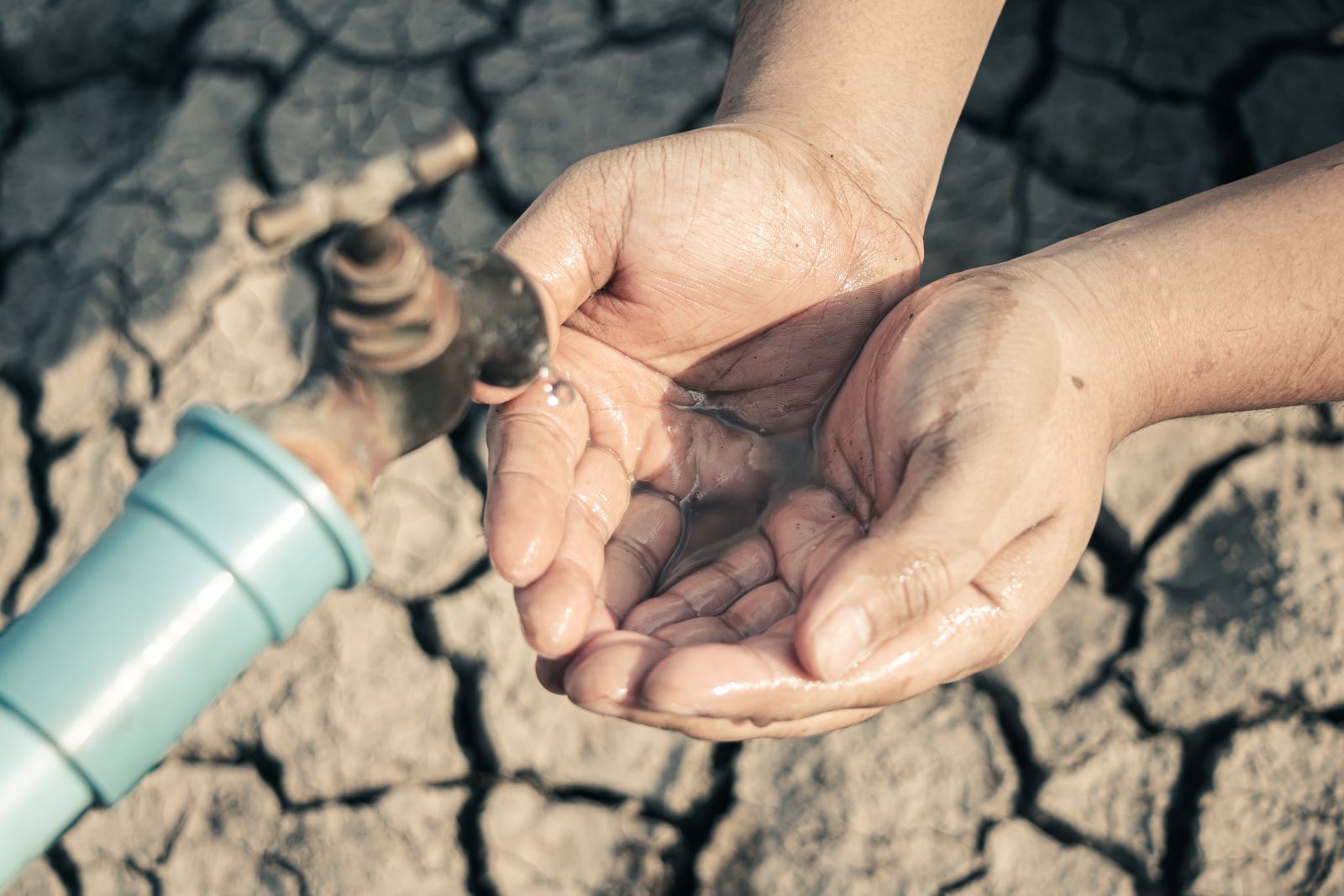
Image Credit: Shutterstock / R_Tee
According to the Delores Water Conservancy District in Colorado, the McPhee Reservoir did well in sustaining farmers this time, but there remains a worry. “How much water can be saved…” for the next summer? How long will farmers be able to rely on the reservoir should the weather continue to become drier?
Rain Helps “Contain Fire”
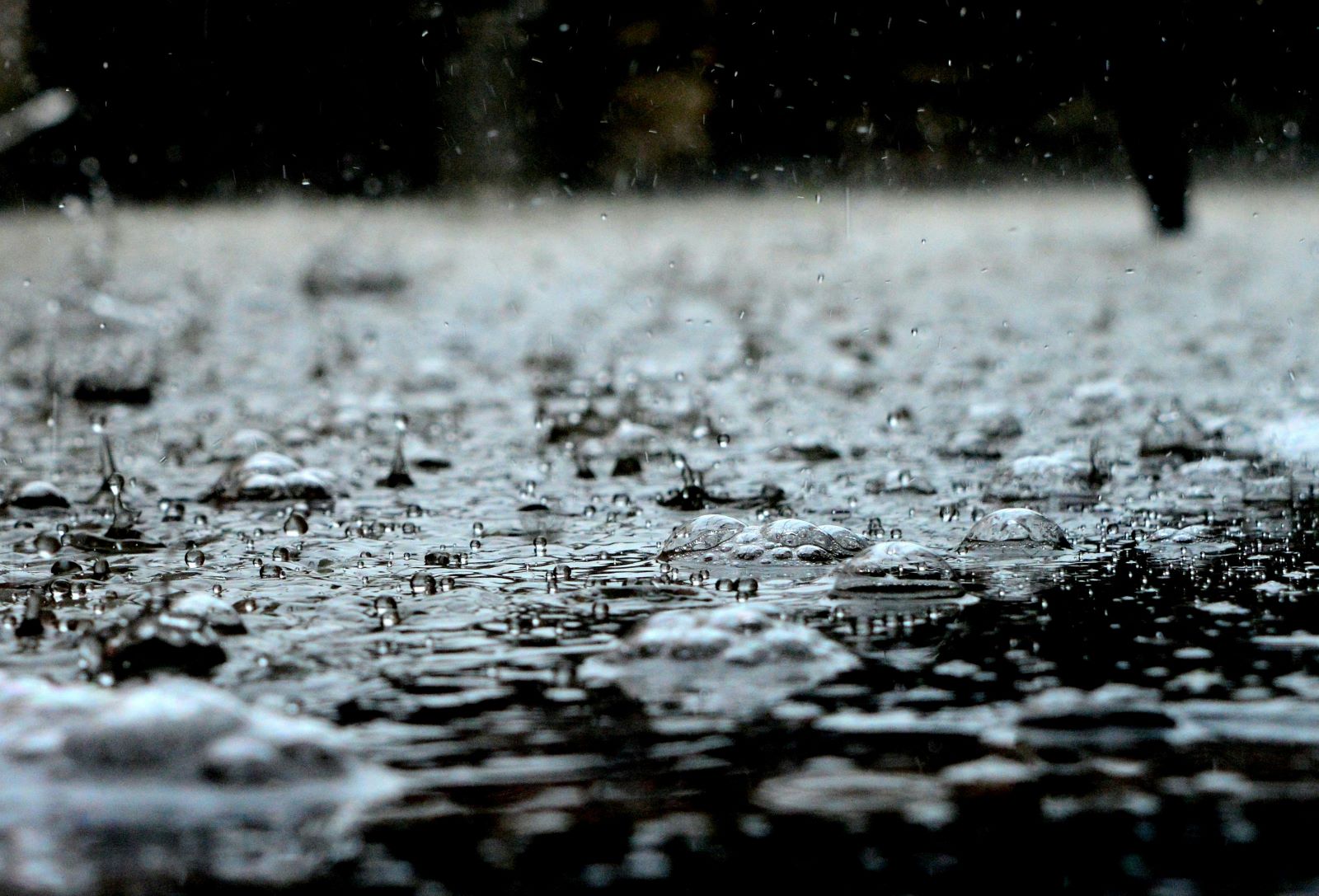
Image Credit: Pexels / Pixabay
However, there are still indications that the weather will bring cooler temperatures, as have already been seen in Jefferson County. Reports say the “scattered showers” in the region helped “contain” some of the fires from spreading.
Flash Flood Risks
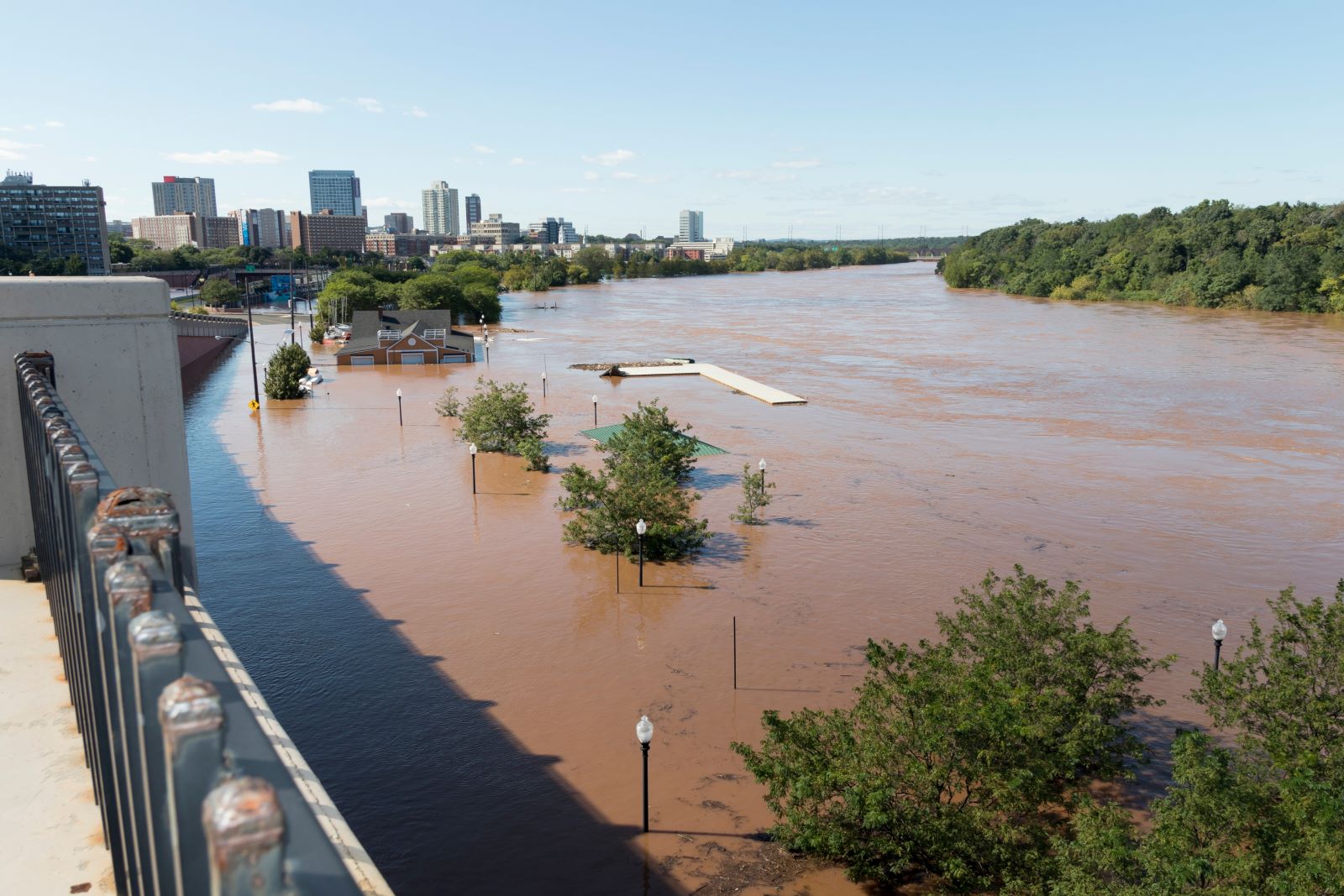
Image Credit: Shutterstock / Benjamin Clapp
Meteorologists also advise that as the weather cools and brings rain, it can also bring “flash floods” in certain areas. It’s advised that travelers and residents living in drought and flood-prone regions be constantly alert for vital changes in weather.
Keep an Ear Out for Weather Local Reports
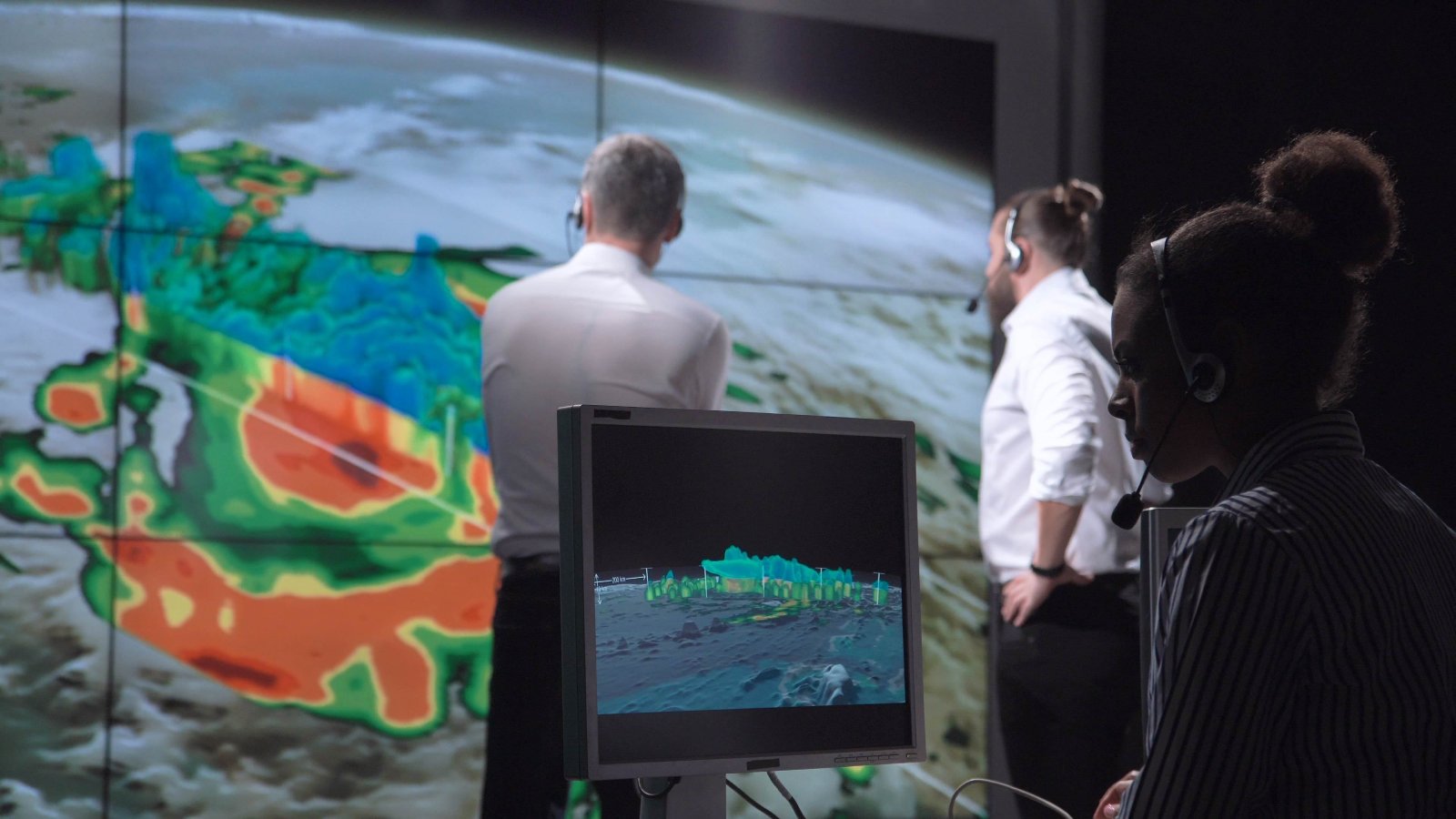
Image Credit: Shutterstock / Frame Stock Footage
The weather is consistently monitored for safety. There may also be road closures, according to Barjenbruch, so local weather news coverage shouldn’t be ignored.
Weather Patterns Continue to Changing

Image Credit: Shutterstock / Frame Stock Footage
Meanwhile, climatologists like Peter Goble are also keeping track of potential La Nina weather patterns that are on the rise. La Ninas can bring with it the risk of cyclonic weather.
Oil Dumping Scandal Rocks Ships Heading to New Orleans

Image Credit: Shutterstock / Aerial-motion
Two shipping companies have been fined after knowingly hiding a large oil spill in the Atlantic Ocean. Oil Dumping Scandal Rocks Ships Heading to New Orleans
20 Eye-Opening Realities Facing Retiring Baby Boomers

Image Credit: Shutterstock / Jack Frog
As Baby Boomers approach retirement, the promise of leisure and security often seems unattainable. This generation faces unique challenges that could redefine retirement. Here’s a stark look at the realities shaping their outlook. 20 Eye-Opening Realities Facing Retiring Baby Boomers
Retail Apocalypse: Massive Closures Sweep Across U.S. Brands

Image Credit: Shutterstock / Tada Images
Stores across the U.S. are closing at unprecedented levels, according to new research from advisory firm Coresight Research. Read on for more information about the impact this could have on you and your communities. Retail Apocalypse: Massive Closures Sweep Across U.S. Brands
Featured Image Credit: Pexel / Ververidis Vasilis. Some stock images are sometimes used that do not represent the actual place or persons in the story.

